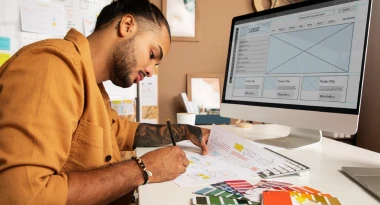The ultimate guide to sustainable web design: 7 simple steps to make your website green and boost ROI
Sep 17th 2024
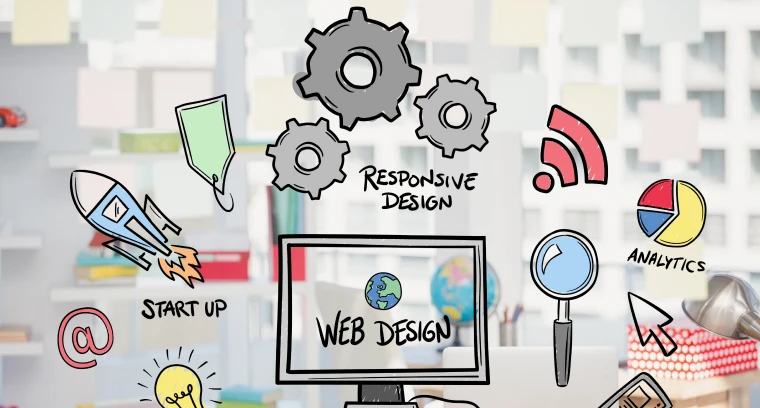
Ever think about how much energy it takes to keep the internet running? It’s more than you might expect. Every click, every scroll, every video watched online contributes to the world’s carbon footprint. Enter sustainable web design.
This isn't just a passing trend—it's a necessity if we want to build a digital future that's kinder to our planet. And not only is this great for the planet, but a green website is also an optimized website that gets you better results and happier customers.
Let's dive into how you can implement sustainable web design techniques effectively, making your site faster, cheaper to run, and a force for good in the world.
Why should you care about sustainable web design?
- Save energy : Websites require servers, data centers, and a lot of power. By making your site more efficient, you’re using less energy, which helps reduce your carbon footprint.
- Boost performance : A sustainable website doesn’t just look good on the CO2 emissions scale— but it’s faster and more user-friendly. Faster load times mean happier visitors, which can lead to better engagement and higher conversion rates.
- Cut costs : Lower energy use means lower costs. If your site is more efficient, you'll spend less on hosting and maintenance over time.
- Build your brand : In today’s market, consumers care about the environment. Show them that your brand is committed to sustainability, and you’ll stand out in a crowded space.
Key principles of sustainable web design
Before jumping into specific techniques, let's cover the basics. Sustainable web design is about making smart choices that benefit both the user and the environment.
Here's what to keep in mind:
- Efficiency : Only include what you need. Every extra element on your website means more data to process, which means more energy.
- Longevity : Build your website to last. Frequent overhauls and updates can be wasteful.
- Simplicity : Keep it clean and straightforward. Complex websites not only confuse users but also consume more resources.
- User-centric : Design your site to be intuitive and easy to navigate. If users can’t find what they’re looking for, they'll waste energy (and time) trying to figure it out.
- Optimize performance : Fast-loading sites are a win-win. They use less energy and provide a better user experience.
How to make your website sustainable
Here are some basics on how to make this happen.
1. Make your website fast and efficient
A fast website isn’t just about keeping visitors happy; it's also about reducing the energy required to load and maintain your site.
Here are some basics on how to make this happen.
a. Optimize images
Images are often the biggest culprits when it comes to slow load times. But they don't have to be.
- Compress your images : Use tools like TinyPNG or Squoosh to reduce image file sizes without sacrificing quality. You can easily cut down the data your website needs to load.
- Choose efficient formats : JPEG, PNG, and GIF have been the go-to formats for years, but modern formats like WebP and AVIF offer better compression rates, meaning faster load times and less energy used.
- Lazy loading : This technique ensures images only load when they’re about to appear in the viewport. It saves bandwidth and speeds up initial page load times. For example, if a user doesn't scroll all the way down, the images at the bottom won't load unnecessarily.
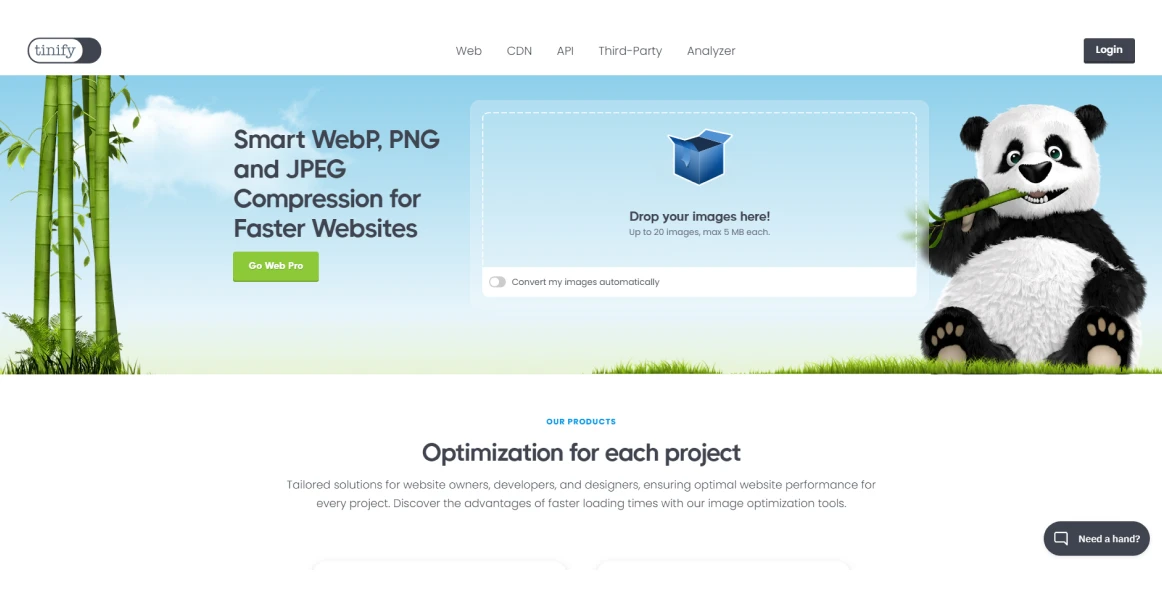
b. Minify your code
Think of your website's code like packing for a trip—you want to pack light.
- Minify HTML, CSS, and JavaScript : Minifying removes unnecessary characters (like spaces and line breaks) without affecting how the code functions. Use tools like UglifyJS for JavaScript and CSSNano for CSS to do this automatically.
- Combine files : Combining multiple CSS and JavaScript files into one reduces the number of HTTP requests needed to load your site, cutting download times.

c. Go light with fonts
Custom fonts can add style but also bulk.
- Use system fonts : They’re already on most devices, so your site doesn't need to load extra font files. Think Arial, Times New Roman, and Helvetica.
- Variable fonts : If custom fonts are a must, opt for variable fonts. They include multiple styles and weights in a single file, reducing the number of files that need to be loaded.
d. Enable browser caching
When a user visits your website, their browser can save some of the files (like images, scripts, and stylesheets) locally.
- Implement caching strategies : By setting up proper caching, returning visitors won't need to re-download all these elements, reducing energy use and speeding up your site.
- Static resources : Ensure that static resources like images and stylesheets are cached for longer periods, while dynamic content (like the homepage) is updated more frequently.
2. Keep your code clean
Clean code isn't just good practice—it’s also key to a sustainable website.
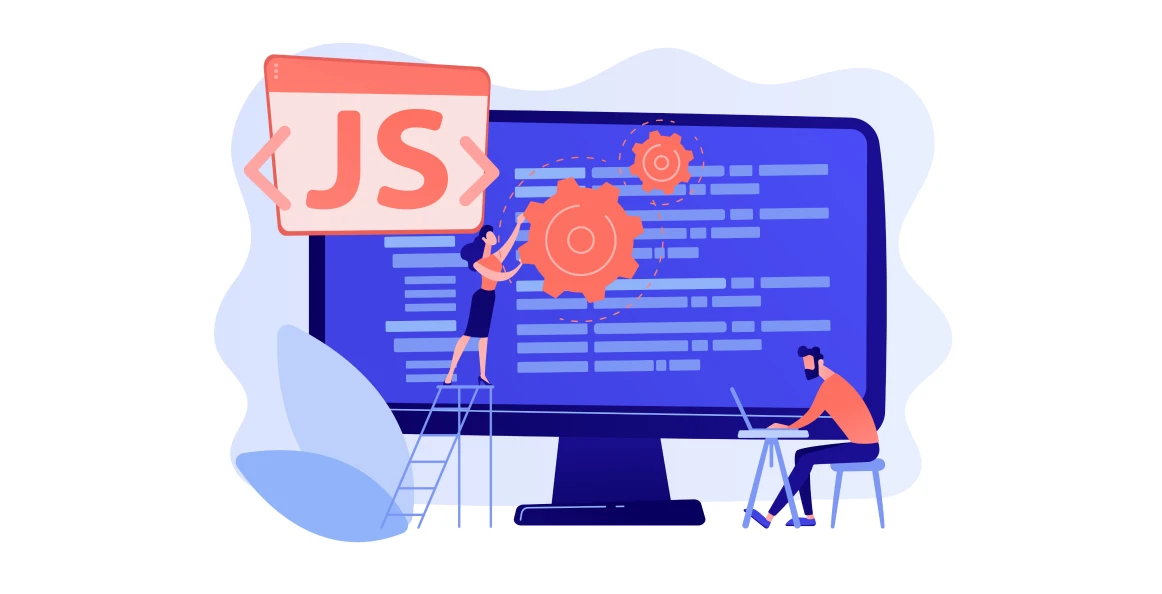
a. Ditch the redundancies
Unused CSS, JavaScript, and HTML can bloat your website.
- Audit your code : Regularly check for and remove redundant code. Tools like PurgeCSS can identify unused CSS rules, helping to keep your codebase lean.
- Write modular code : Reusable components in your code reduce the need for duplication. If you find yourself copying and pasting code, it’s time to refactor.
b. Responsive Design
Designing your website to be responsive means it works seamlessly across devices without the need for separate versions.
- Use Media Queries : Adapt the layout to different screen sizes. This ensures users download only the resources they need for their specific device, saving energy and data.
c. Reduce HTTP requests
Every HTTP request (when a browser asks the server for something) uses energy.
- Combine files : Where possible, combine CSS and JavaScript files to reduce the number of requests.
- Inline small CSS and JavaScript : For small bits of CSS and JavaScript, consider inlining them directly in the HTML to reduce the number of requests.
d. Leverage modern frameworks
Frameworks like GatsbyJS and Next.js offer features like static site generation and server-side rendering.
- Static site generation : Pre-build pages so that they load instantly without needing to run heavy scripts.
- Server-side rendering : Only the necessary data and elements are sent to the browser, reducing the load on the client-side.
3. Choose Green Hosting
Hosting your website on a server powered by renewable energy can make a big difference.
- Green hosting providers : Look for hosting services that use renewable energy sources like solar, wind, or hydroelectric power.
- Carbon offset programs : Choose hosting providers that use eco-friendly services like Cloudflare and support efforts to reduce the internet's carbon footprint and your website’s.
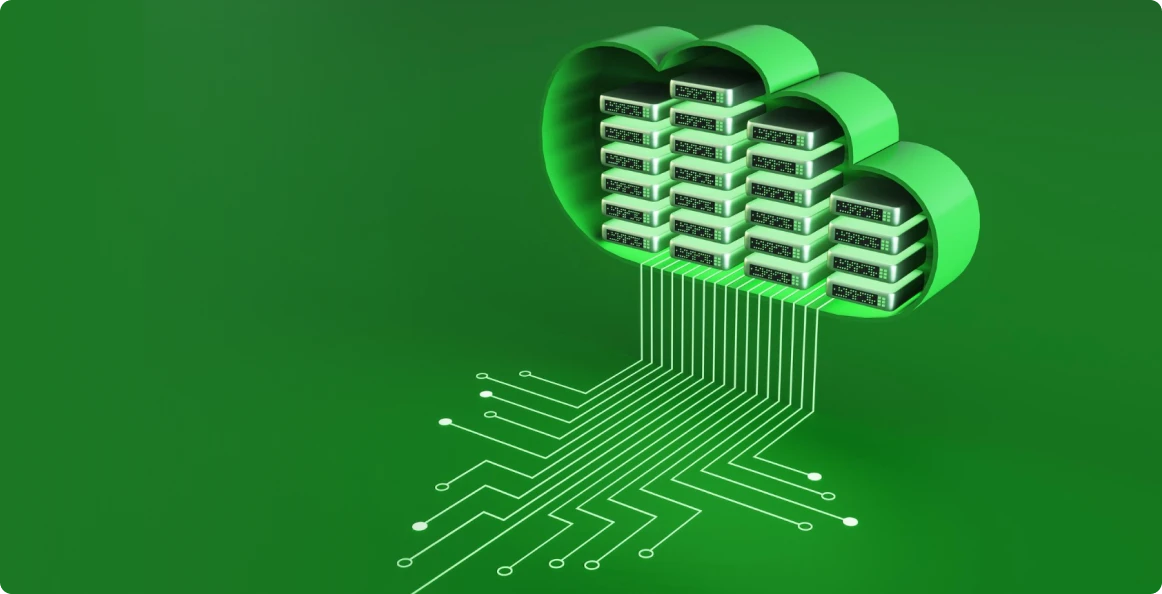
4. Implement energy-efficient design choices
Design plays a significant role in how much energy your website consumes.
a. Dark mode
Offering a dark mode option isn't just a trendy feature; it saves energy on OLED and AMOLED screens.
- Reduce screen brightness : Darker pixels use less power, especially on devices with OLED displays.
- User control : Give users the option to switch to dark mode. Not only does this save energy, but it also offers a more comfortable viewing experience in low-light environments.
b. Use vector graphics
Unlike traditional images, vector graphics like SVGs are scalable and lightweight.
- Scalability without quality Loss : SVGs can be scaled up or down without losing quality, making them perfect for responsive design.
- Lower file sizes : Vectors are usually smaller in size than bitmap images, reducing the amount of data needed to load your website.
c. Limit video usage
Videos are engaging but can be data heavy.
- Offer lower resolutions :Provide options for users to view videos in lower resolutions to save bandwidth.
- Disable autoplay : Only play videos when the user explicitly chooses to. This prevents unnecessary data usage and energy consumption.
d. Focus on essential content
Flashy animations and unnecessary elements can slow down your site and increase energy use.
- Simplify design :Keep the focus on the content that matters. Less is more when it comes to sustainable design.
- Minimal animations : Use animations sparingly, as they can increase the amount of processing power (and energy) required to render a page.
5. Monitor your site's carbon footprint
What gets measured gets managed. Would you like to get a free report of your website’s CO2 emissions, let us know! We will help you identify areas where you can optimize and reduce your website's environmental impact and boost reach and growth.
6. Be easily accessible
Sustainability isn't just about the environment—it’s about building a web that’s accessible to everyone.
a. Optimize right
Flashy animations and unnecessary elements can slow down your site and increase energy use.
- Use Semantic HTML : Proper HTML structure helps screen readers interpret your website more efficiently.
b. Reduce cognitive load
Websites cluttered with animations, pop-ups, and unnecessary elements can overwhelm users.
- Keep it simple : Limit the use of animations and interactive elements to improve user experience and reduce the energy needed to interact with your site.
7. Use Content Delivery Networks (CDNs)
A CDN is a network of servers distributed around the world that stores copies of your site’s resources.
- Reduce data travel : When a user visits your site, the CDN delivers content from the server closest to them, reducing the distance data has to travel.
- Improve load times : Faster load times mean less energy used on both the server and client sides.

8. Think long-term
Sustainable web design isn't a one-time fix; it's a long-term strategy.
a. Modular design systems
Use modular design systems for easier updates and maintenance without needing a full redesign.
b. Avoid plugin overload
While plugins can add functionality, too many can bloat your website.
- Custom solutions : Opt for custom-built features when possible, to keep your website lean and efficient.
- Regularly audit plugins : Remove any plugins that are no longer necessary or are causing performance issues.
Let's build a greener web together
Sustainable web design is overall a smarter, more efficient way to create digital experiences. By adopting these techniques, you can reduce your website’s carbon footprint, improve user experience, and enhance your brand’s reputation as an environmentally conscious business. At Kytz, we’re committed to helping you build a web that’s better for both your business and the planet.
Ready to go green?
Let's make your website eco-friendly and a powerhouse of performance and user experience. Reach out to us to learn more or find out how we can help!

Head - Content & Communication
